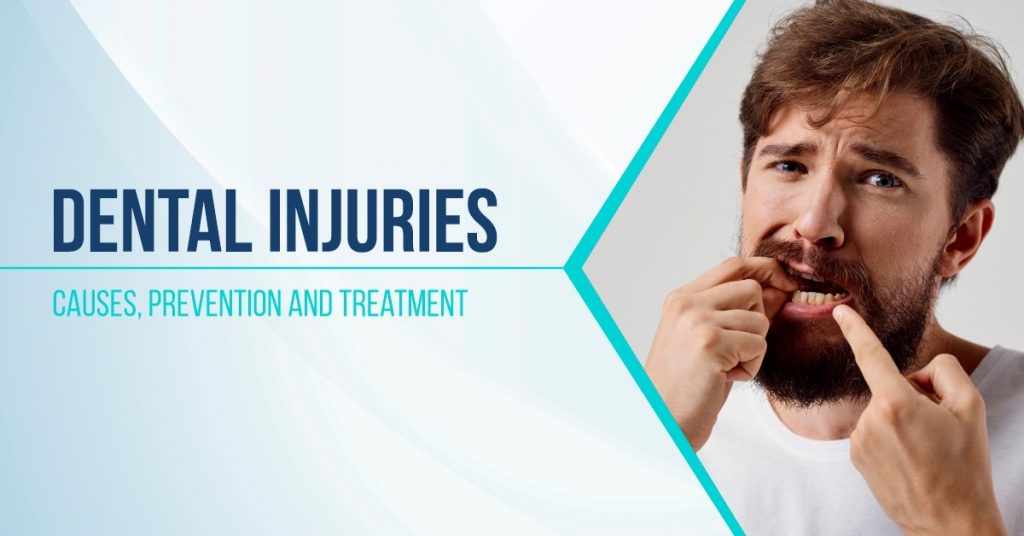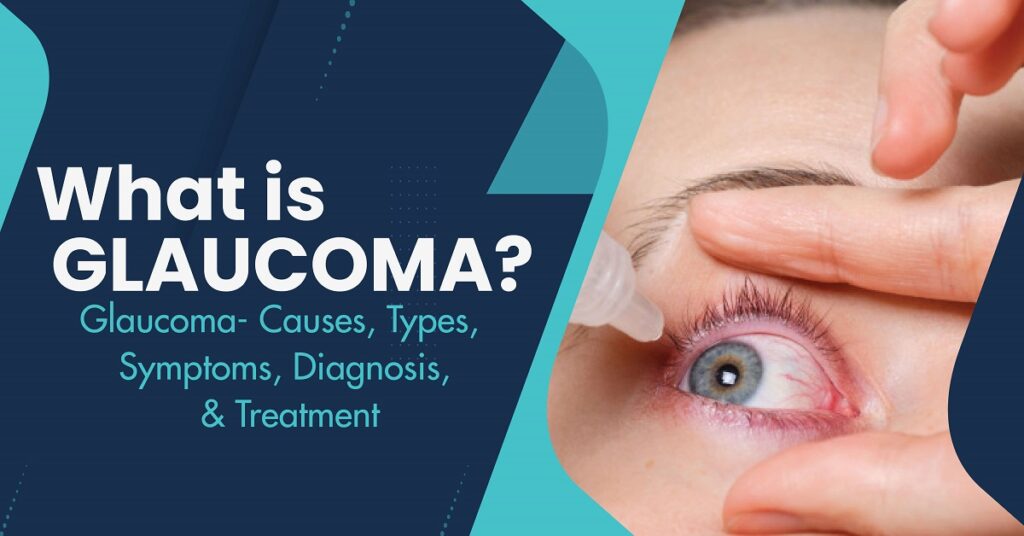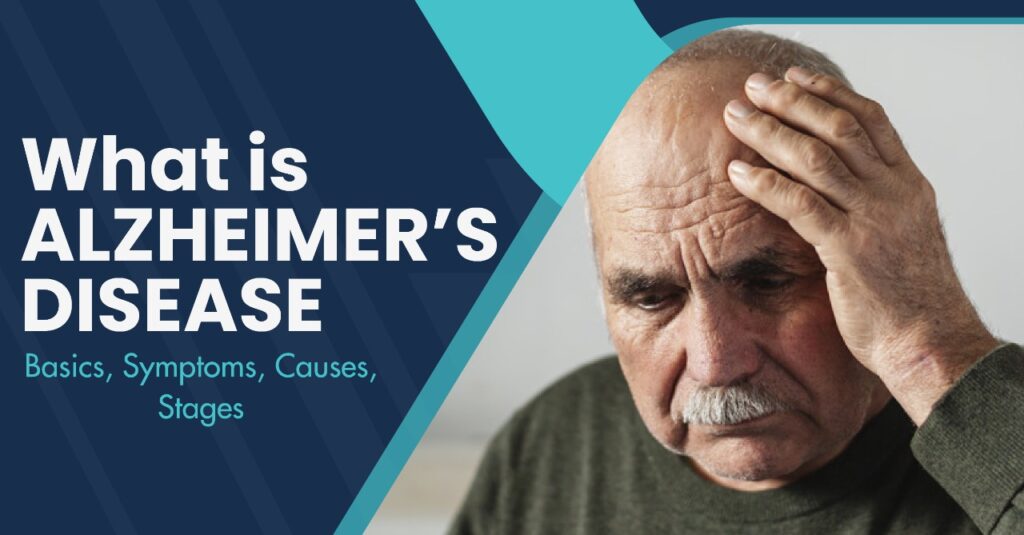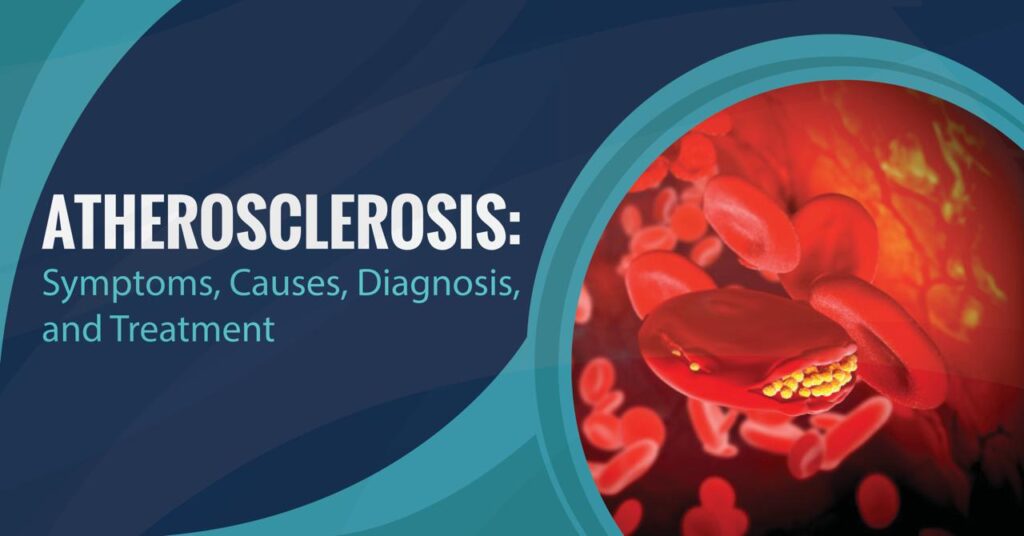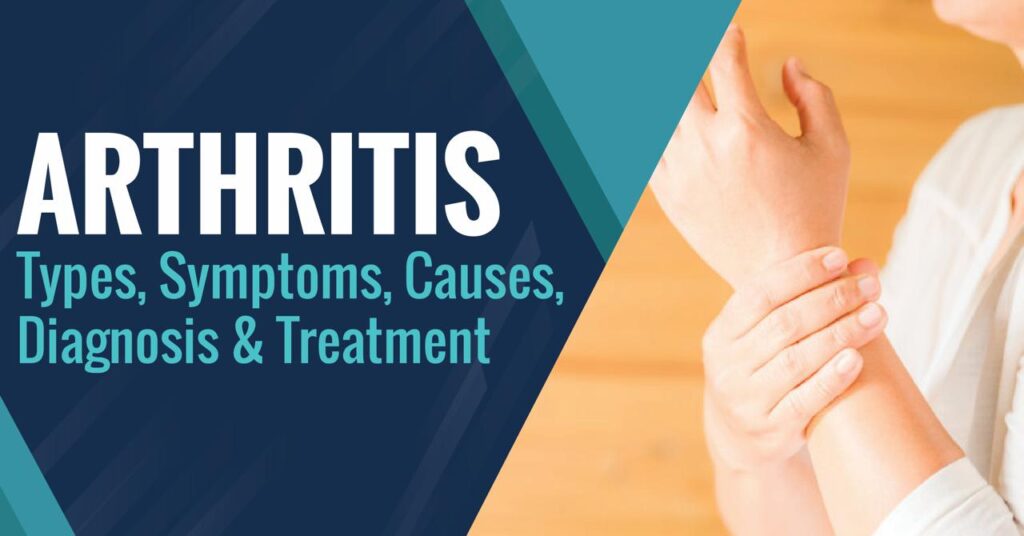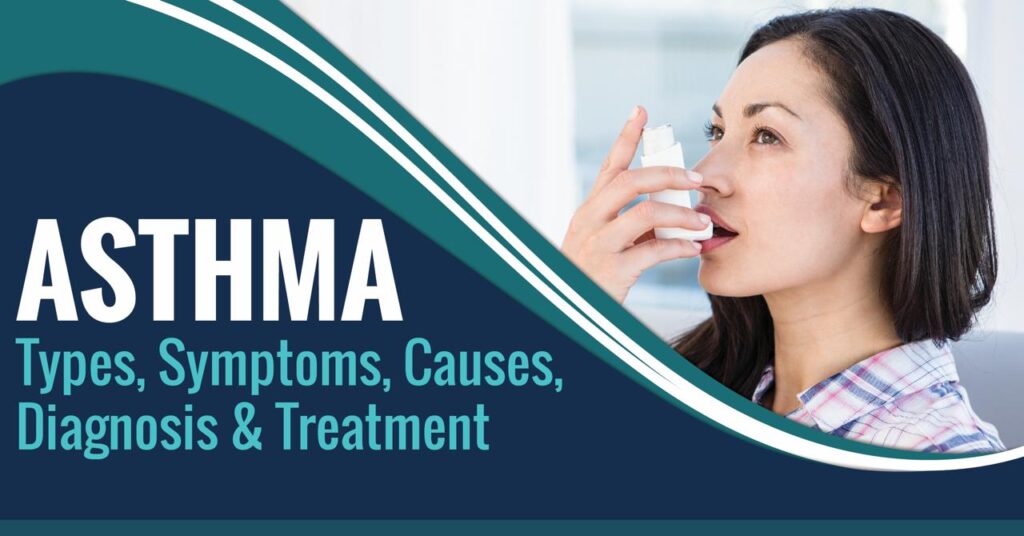Dental injuries cause broken, lost, or displaced teeth or damaged gums. If you have lost a tooth but can hold onto it, you may be able to save it if you are treated within 30 minutes.
Anesthesia-related dental injuries can be prevented by performing a preoperative anesthetic evaluation in which the doctor determines whether the patient has difficulty opening the mouth or if any fixed or removable dental prostheses exist. Any carious or loosened teeth should be discussed with the patient, especially any anterior teeth.
A patient who does not receive regular dental care may not realize the extent of their dental and periodontal health. The condition of hypermobility should be evaluated in patients with periodontal disease (e.g., gingival recession, gingivitis, stain, calculi deposits, exudate).
By applying pressure to the lingual aspect of the tooth with the index finger of the other hand and bracing the facial aspect with a tongue depressor blade or wooden cotton-tipped applicator, this can be completed.
Do not evaluate tooth mobility by wiggling a fingertip alone, since the body of the fingertip could be perceived as moving the tooth. Almost imperceptible movements are normal.
Traumatic Dental Injuries:
There is a possibility that traumatizing dental injuries will occur to anyone, regardless of age and level of activity. The cause could be a car accident, a fall down the stairs, or an elbow to the head during a basketball game. As with most types of dentistry, saving teeth at risk of being lost is the primary objective during traumatic dental injuries, as well as restoring their full function and appearance.
Below you will find guidelines on how to prevent sports-related dental injuries and what to do in the event of a dental injury. In many cases, whether or not a tooth can be saved depends on taking action immediately after an injury.
Sports-Related Dental Injuries
The majority of sports injuries are caused by dental trauma, yet many of these injuries are preventable. It can be preventable by using a high-quality mouthguard. Consult your dentist for one. Based on a model of your teeth, this mouthguard is strong, lightweight, and perfectly suited for you.
Ask your dentist if you (or your child) are active in sports about this essential piece of safety equipment. Then read on to find out what to do if you suffer specific kinds of dental injuries.
Chipped or Broken Teeth
A chipped or fractured tooth, or one that is loose or tender to the touch, should be treated within 12 hours, according to the American Association of Endodontists.
In some cases, restorations can reattach broken pieces of the tooth using tooth-colored bonding materials. If pieces of the tooth have broken off, you may be able to find them and reattach them.
Knocked-Out Teeth
Avulsed teeth require immediate attention: Carefully reach for the tooth, and try to avoid touching the root portion of the tooth. If the tooth is dirty, gently clean it with water. If you can’t reach the root portion of the tooth, contact your dentist immediately. Then, if possible, put the tooth back in its socket (ensuring that it’s oriented correctly) and press gently to hold it in place for five minutes. Use a wad of tissue or gauze to assist in grasping and holding the tooth in place.
Make sure you receive emergency dental treatment right away and check if a tetanus shot or booster is needed.
Partially Displaced Teeth
Within six hours of an accident, patients should visit a dentist or oral surgeon if teeth are pushed or driven into the jaw or out of alignment. After a thorough examination of the mouth (and x-rays, if needed), the extent of the damage should be confirmed, and restorative procedures should be prescribed.
Soft-Tissue Injuries
Dentists report that dental injuries often involve damage to the gums, the tongue, and the interior of the mouth, in addition to teeth.
You should follow the following steps if you suffer this type of soft-tissue injury, and then see a dentist right away: Wash and rinse the affected area with soap and water, or remove any debris. If bleeding cannot be controlled after about 10 minutes, go to an emergency room. Direct, gentle pressure can usually be applied to gauze pads placed on wounds to control bleeding.
You Can Read Also: CAVITIES: TOOTH DECAY, TOOTHACHE, CAUSES, PREVENTION & TREATMENT
Causes of Dental Injuries:
TRAUMA
The face or mouth can be injured by trauma. Car accidents, sports, falls, and sports injuries can all damage your teeth. Fortunately, minor tooth fractures are usually limited to chipping the enamel, which is easily treated.
The enamel of your tooth is the first layer of protection, while the dentin is the second. A deeper fracture can affect both the enamel and dentin, which can be more problematic. It is important to treat enamel, dentin, and pulp injuries as quickly as possible.
BITING AND CHEWING OBJECTS
A lot of people have the habit of biting down on things they find hard, such as pencils, ice cubes, hard candy, and even opening items with their teeth, which can result in tooth fractures.
If the object you are chewing is not food, it is advisable to avoid biting down on it or chewing, as a fractured or chipped tooth is possible.
WEAR AND TEAR
Your teeth undergo normal wear and tear daily. For example, if you eat many sugary foods and don’t practice good oral hygiene habits, you can develop cavities.
If not treated, cavities can result in gum disease, infection, and possible pulp damage. This can cause more long-term complications.
Prevention of Tooth Injuries
You can prevent tooth injuries from occurring in the future by using the following five wonderfully helpful tips.
Wear a mouthguard: Wearing a mouthguard can help prevent most sports-related teeth injuries. According to a study published in Sports Health, mouth guards do not significantly impair speech or breathing.
Wear a nightguard: If someone grinds their teeth nightly regularly, wearing a nightguard can greatly reduce their chances of getting tooth injuries.
Wear a special helmet: A specially made helmet can reduce the risk of tooth injury when someone has been diagnosed with a disorder that may cause them to fall.
Avoid eating hard foods or chewing on hard objects: Hard foods like nuts, hard candy, ice, and pencils can cause major tooth injuries. Chewing on hard objects such as pencils and cans can also cause serious tooth injuries, so changing or breaking this habit is necessary to avoid future injury.
Take safety measures at home: As many people are injured while at home, it’s important to secure the house to prevent children and the elderly from slipping or falling. Putting safety gates and padding on sharp furniture corners is another idea.
Treatment of Dental Injuries:
The treatment for injuries to the mouth and teeth will depend on the type of trauma. A dentist should examine these injuries, especially if a tooth is loose or damaged.
Visible damage to a tooth may cause nearby teeth to suffer similar damages which may not be visible unless detected by a dental exam.
Usually, tooth-colored fillings are recommended as a replacement for chipped or fractured teeth. If a significant part of the crown has been lost, an artificial crown or cap may be recommended.
An exposed pulp may require root canal treatment. Injury to the back teeth, such as a fractured cusp, may require a root canal and full-coverage crown. More serious injuries, such as split teeth, require the removal of the tooth entirely.
Children under 12 may not need root canal treatment because their teeth are still developing and may heal on their own. Moreover, dislodged (luxated) teeth need to be stabilized by the dentist, and root canal treatment may be needed.
Depending on how soon you act, the dentist may be able to replant teeth that have been avulsed (knocked out). In most cases, you can save the tooth as long as you receive treatment within 30-40 minutes. Any longer than that, and the chances of preserving the tooth decrease considerably.
The dentist will place the tooth back into the socket with a stabilizing splint for a few weeks before performing root canal treatment if necessary. If you cannot locate the tooth, handle it carefully by the crown – never touch the root!
The dentist may discuss other treatment options, such as extraction, if the tooth is not found or not treated soon enough.


